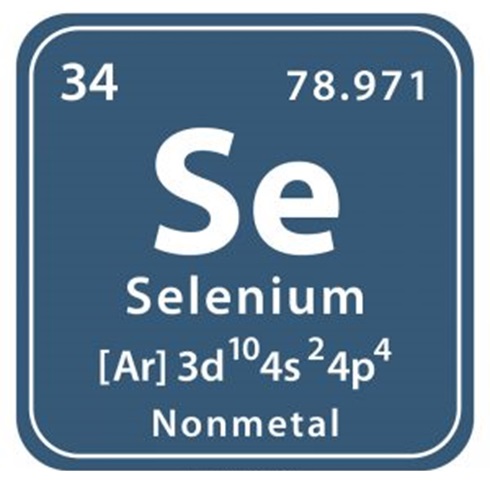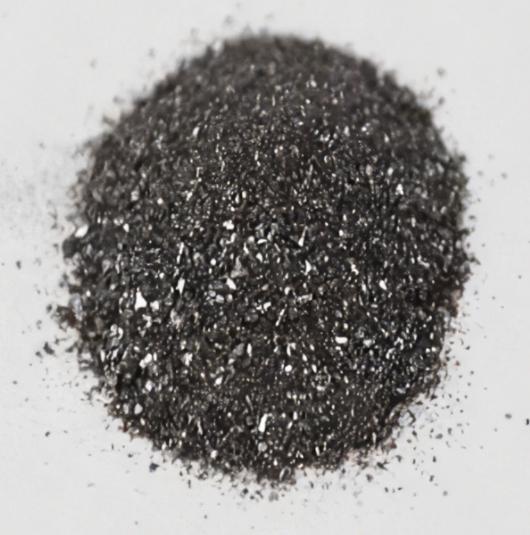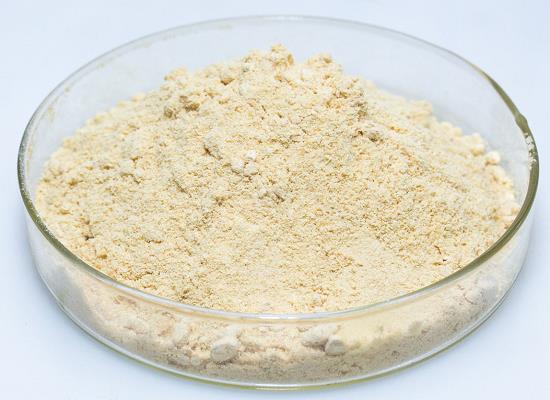Selenium:Discovery,Mining,Uses,Health effects
Native selenium is a rare mineral, which normally does not occur in good crystals, but, when it does, they are steep rhombohedra or tiny acicular (hair-like) crystals.
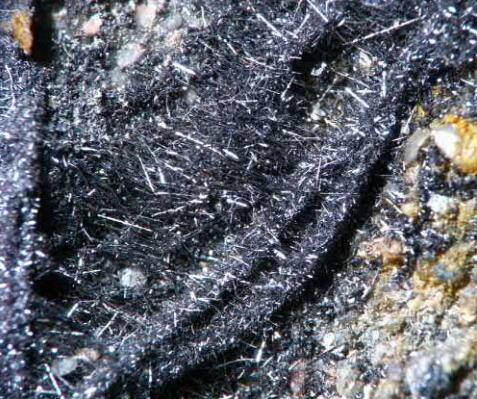
Fig.1 Selenium
Mining
There are just over 100 minerals that contain selenium in their crystal structure. Though relatively rare, selenium (Se) does occur as a native element. Selenium is a major element in more than 80 sulfides (which includes selenides), for example, antimonselite (Sb2Se3), berzelianite (Cu2Se)(Fig.2), clausthalite (PbSe), and penroseite ((Ni, Co, Cu)Se2). Within the oxide class, which includes the selenites, there are 23 minerals with Se, such as ahlfeldite (Ni(SeO3)•2H2O), chalcomenite (CuSeO3• 2H2O), cobaltomenite(CoSeO3•2H2O), and molybdomenite (PbSeO3). The sulfates contain 6 different minerals, for example, carlosruizite (K6(Na, K)4Na6Mg10(SeO4)12(IO3)12•12H2O), and olsacherite (Pb2(Se61O4)(SO4)).
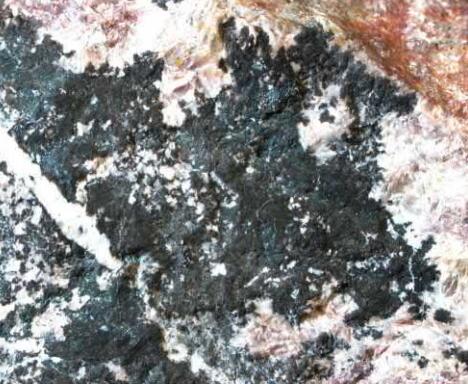
Fig.2 Cu2Se
Discovery
Selenium was found in 1817 by Swedish chemists Jo¨ns Jakob Berzelius(August 20, 1779 to August 7, 1848) and Johan Gottlieb Gahn (August 19, 1745 to December 8, 1818)(Berzelius, 1818). Both chemists possessed a chemistry plant near Gripsholm, Sweden, producing sulfuric acid (H2SO4) by the lead chamber process. The pyrite (FeS2) from the Falun mine produced a red precipitate in the lead chambers which was thought to be an arsenic compound, so the use of pyrite to make sulfuric acid was stopped. Berzelius and Gahn sought to use the pyrite and they detected that the red precipitate produced a smell like horseradish when burned. This smell was not characteristic of arsenic, but a comparable smell was known from tellurium compounds.
Uses
The major commercial use of Selenium, approximately 50% of total consumption, is to produce glass. Selenium compounds give a red color to the glass. Se can also be used to reduce the transmission of sunlight in architectural glass, giving it a bronze tint. In addition, Se is used to make pigments for ceramics, and paint, and plastics are used with Bi in brasses to substitute for the more toxic Pb. Se produces a similar machinability improvement in Cu alloys. The lithium selenium (LiaSe) battery is seen as possibly one of the most promising energy storage systems within the family of lithium batteries. The LiaSe battery is an alternative to the LiaS battery, with the advantage of high electrical conductivity.
Health effects
The effects of selenium intake on cancer have been studied in several clinical trials and epidemiologic studies in humans. Selenium may have a chemo-preventive role in cancer risk as an anti-oxidant, and it might trigger the immune response. At low levels, it is used in the body to create anti-oxidant selenoproteins, at higher doses than normal it causes cell death.
Selenium (in close interrelation with iodine) plays a role in thyroid health. Selenium is a cofactor for the three thyroid hormone deiodinases, helping activate and then deactivate various thyroid hormones and their metabolites. Isolated selenium deficiency is now being investigated for its role in the induction of autoimmune reactions in the thyroid gland in Hashimoto's disease. In the case of combined iodine and selenium deficiency, selenium deficiency was shown to play a thyroid-protecting role.
You may like
Related articles And Qustion
See also
Lastest Price from Selenium manufacturers
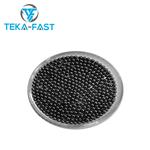
US $0.00/KG2025-03-05
- CAS:
- 7782-49-2
- Min. Order:
- 1KG
- Purity:
- 99
- Supply Ability:
- 200 MT

US $0.00-0.00/KG2025-01-03
- CAS:
- 7782-49-2
- Min. Order:
- 10mg
- Purity:
- 99%
- Supply Ability:
- 2000tons

